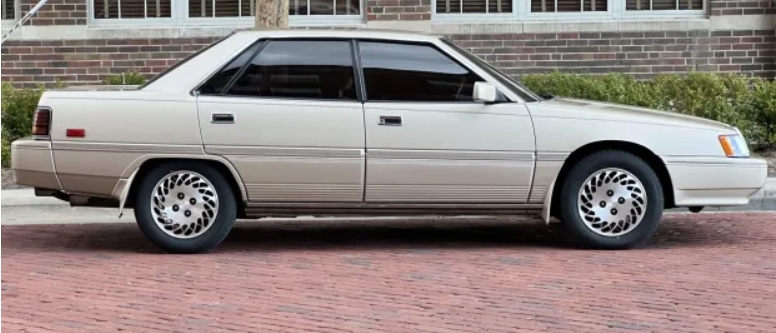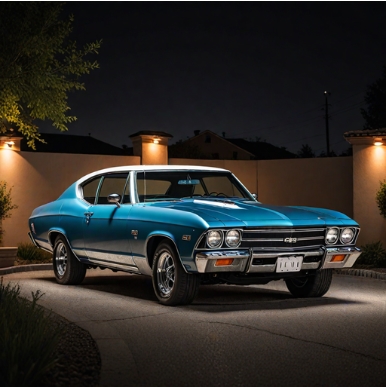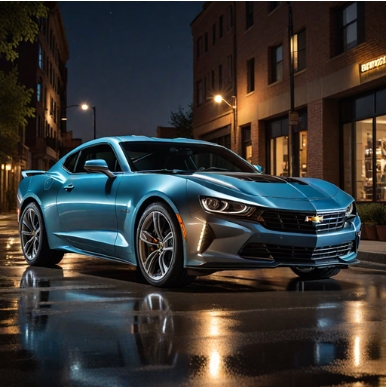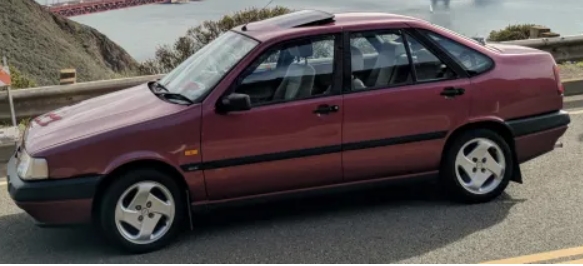The Evolution of the Mitsubishi Sigma
The Mitsubishi Sigma represents an important chapter in Mitsubishi Motors’ history, showcasing the brand’s efforts to compete in the global mid-size sedan and coupe markets. Spanning several decades and generations, the Sigma evolved from a rebadged American sedan into a distinctive model tailored for different markets, embodying Mitsubishi’s design, engineering, and technological advancements. This article details the full timeline, models, and trim levels associated with the Mitsubishi Sigma from its inception to its discontinuation.
Origins and First Generation (1985–1991)
Introduction and Market Context
The Mitsubishi Sigma was first introduced in 1985 in Australia and New Zealand, primarily targeting the Australian market as a mid-size sedan. It was based on Mitsubishi’s larger platform and was designed to compete with vehicles like the Holden Commodore and Ford Falcon, as well as Japanese imports.
Design and Engineering
The first-generation Sigma shared its underpinnings with the Mitsubishi Galant, yet it was positioned as a more upscale, larger model. It was available in sedan and wagon variants, offering a combination of comfort, practicality, and performance.
Models and Trim Levels
The initial models included:
- Sigma GL: The base trim, equipped with a 2.0-liter inline-four engine (4G63), manual or automatic transmissions, cloth interior, and basic features.
- Sigma GLS: A higher trim offering added features such as upgraded interior trim, power windows, and better audio systems.
- Sigma S: The sporty variant, featuring sportier suspension tuning, alloy wheels, and sometimes a more powerful engine or special badging.
Engines and Specifications
The first-generation Sigma was powered mainly by the 4G63 2.0L SOHC inline-four, producing around 105-115 horsepower, paired with 5-speed manual or 4-speed automatic transmissions. A 2.6-liter V6 engine (6G73) was also available in some markets, delivering more performance.
Production and Discontinuation
Production lasted until 1991, after which Mitsubishi redesigned the model to better compete in the evolving market.
Second Generation (1991–1996)
Design and Platform
The second-generation Mitsubishi Sigma was introduced in 1991, adopting a more aerodynamic and modern design. It was based on the Mitsubishi Galant platform and was available as a sedan and wagon. This generation marked a shift toward more refined styling and improved handling.
Markets and Variants
Primarily sold in Australia, New Zealand, and some Asian markets, the second-generation Sigma was also exported to other regions under different names, including the Mitsubishi 3000GT in some markets.
Models and Trim Levels
- Sigma Executive: The base model with standard features.
- Sigma GLX: An upgraded trim offering extra comfort and convenience features.
- Sigma SES: A sportier trim with sport-tuned suspension, alloy wheels, and additional exterior styling cues.
- Sigma VR-X: The high-performance variant, equipped with a more powerful engine, sportier suspension, and distinctive styling elements.
Powertrain Options
This generation featured a broader range of engines:
- 2.0L 4G63 inline-four, producing approximately 115-125 horsepower.
- 2.5L 4D56 turbodiesel engine, mainly for markets demanding diesel.
- 3.0L V6 (6G73), delivering around 160 horsepower, available in higher trims or sportier variants.
Features and Technologies
The second-generation Sigma saw the introduction of features such as anti-lock brakes (ABS), driver airbags, and improved interior ergonomics. Trim levels like the VR-X included sport seats, upgraded audio, and sports suspension.
Production and End of Second Generation
Production continued until 1996, when Mitsubishi introduced the third-generation model, reflecting ongoing technological and design advancements.
Third Generation (1996–2002)
Design and Platform
The third-generation Mitsubishi Sigma debuted in 1996, with a more rounded, contemporary design aligned with the global trend toward smoother shapes. It was designed to appeal to a broader international audience, including North America, Australia, and Asia.
Market Variants and Badge Engineering
In North America, this generation was marketed as the Mitsubishi 3000GT (not to be confused with the 1990s sports car of the same name). In Australia and other markets, it retained the Sigma badge.
Models and Trim Levels
- Sigma ES: Entry-level trim with basic features.
- Sigma LS/LX: Mid-range trims offering added comfort, power features, and upgraded interiors.
- Sigma VR: The performance-oriented variant featuring a 3.0L V6 engine (6G73), sport-tuned suspension, and sportier styling.
- Sigma VR-X: The flagship model with sport suspension, body kits, alloy wheels, and additional luxury features.
Engines and Performance
This generation’s engines included:
- 3.0L 6G73 V6, producing approximately 177-200 horsepower depending on the market and emissions regulations.
- Diesel options such as the 2.5L 4D56, though less common in this generation.
Features and Innovations
The third-generation Sigma introduced more advanced features such as:
- Electronic stability control (ESC)
- Multi-link rear suspension for improved handling
- Optional leather upholstery
- Upgraded audio and climate control systems
Discontinuation
Production lasted until 2002, after which Mitsubishi shifted focus toward SUV and crossover models, leading to the Sigma’s phase-out.
Fourth Generation (2002–2008) and the End of the Line
While the Sigma nameplate was phased out in many markets, Mitsubishi continued producing a similar model under different names or as rebadged variants of other vehicles. In some regions like Australia, the Sigma name persisted briefly, but the model was largely replaced by SUVs and other offerings.
.
You’ve got that cool car, but is it resting in its own cool place?
It’s visually pleasing for the surrounding areas outside of your home to look as awesome as what’s stored inside your garage! If you desire a truly inspirational environment, you should check into these plans!

.
Summary and Legacy
The Mitsubishi Sigma’s evolution reflects broader trends in automotive design, technology, and market demands over more than two decades. From its origins as a rebadged American sedan to a globally recognized model with performance and luxury trims, the Sigma embodied Mitsubishi’s adaptability and engineering ambitions.
Throughout its production, the Sigma was known for:
- Reliability and solid build quality
- Range of engines catering to diverse markets
- Sporty variants that offered spirited driving experiences
- A focus on comfort and safety features
Today, the Mitsubishi Sigma remains a nostalgic model for enthusiasts and collectors, representing an era of Japanese automotive expansion and innovation.
In conclusion, the Mitsubishi Sigma’s journey from 1985 to 2008 highlights its role as a versatile and evolving vehicle line, adapting to the changing automotive landscape and consumer preferences across multiple markets worldwide.







